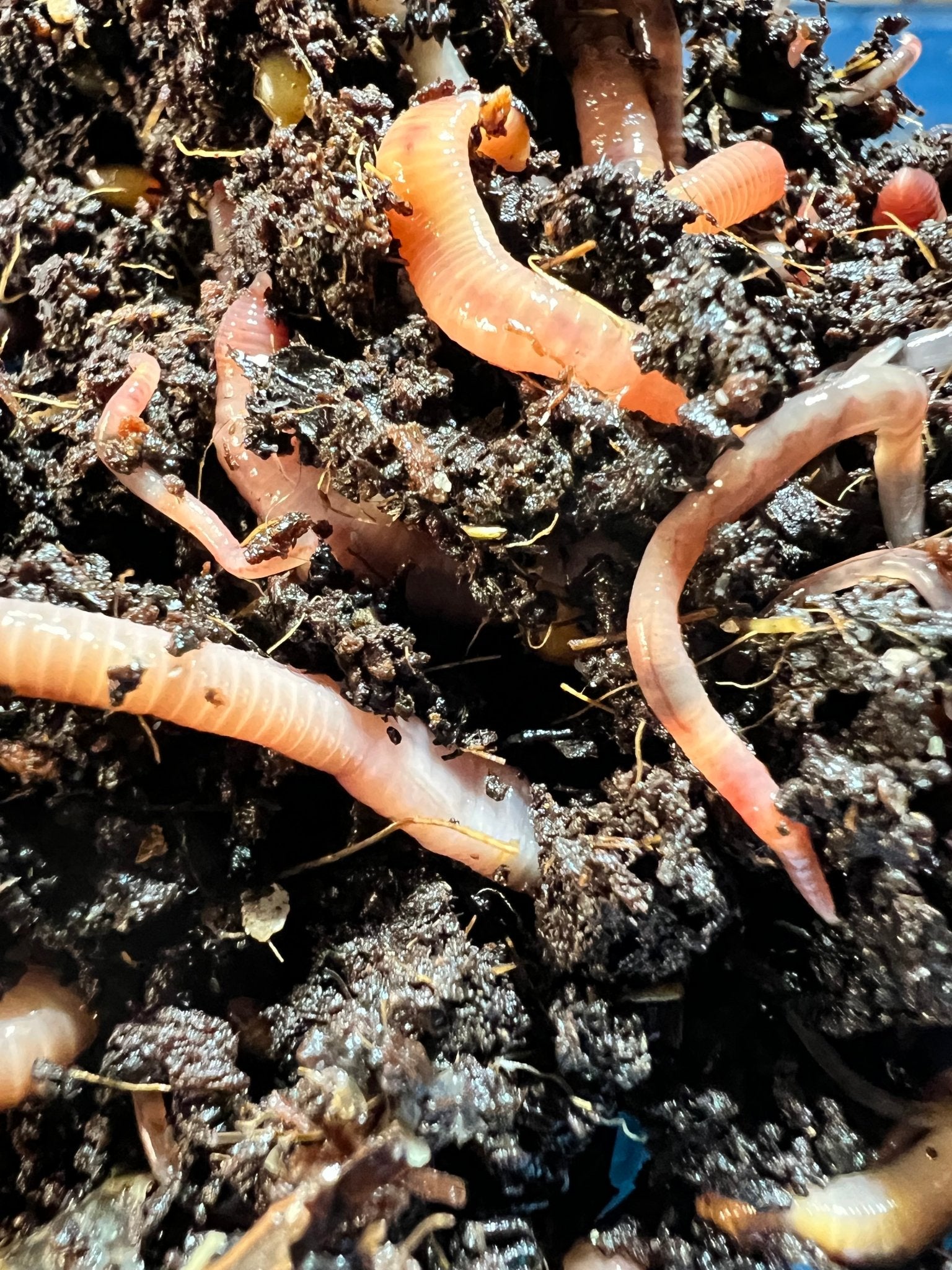Achieve a Beautiful Lawn Using Lake Hickory Bait Lawn Care Resources
Wiki Article
Unlock the Secrets of Red Wigglers: Your Guide to Composting Success
The combination of red wigglers into composting methods provides a considerable chance for enhancing soil health and wellness and advertising sustainability. These microorganisms are not just reliable recyclers of natural waste; they use a myriad of advantages that can transform yard administration. Comprehending their needs and behaviors is important for enhancing their potential, from setting up a suitable worm bin to feeding them the right products. As we check out the necessary elements of successful vermicomposting, one could ask yourself exactly how these little creatures can bring about an extra lively and productive garden community.
What Are Red Wigglers?
(Red Wiggler Express)Red wigglers, scientifically recognized as Eisenia fetida, are a types of earthworm mainly made use of in composting because of their amazing capability to decompose raw material efficiently. These worms are identified by their reddish-brown coloration and a fractional body, generally determining in between 3 to 4 inches in length. Unlike other earthworm types, red wigglers thrive in abundant, natural atmospheres, making them ideal for vermicomposting systems.Belonging To North America, they are often found in decomposing leaves and garden compost heaps, where they play an important duty in nutrient recycling. Their adaptation to residing in a wet, cardio environment allows them to eat large amounts of natural waste, simplifying into nutrient-rich spreadings that enhance soil wellness.
Red wigglers replicate swiftly, with a solitary worm qualified of generating numerous cocoons each week, each containing multiple hatchlings. Comprehending the biology and habits of red wigglers is vital for optimizing their capacity in composting applications.
Benefits of Utilizing Red Wigglers
Taking advantage of the power of red wigglers in composting uses countless advantages that boost dirt health and wellness and promote sustainable waste management. These amazing organisms efficiently break down organic issue, changing kitchen area scraps and lawn waste into nutrient-rich vermicompost. This finished item is extremely helpful for plant growth, as it improves soil framework, boosts moisture retention, and enhances vitamins and mineral schedule.
(Red Wiggler Express)Furthermore, the existence of red wigglers in your composting system can accelerate the composting procedure, generating high-grade compost in a fraction of the moment compared to typical approaches. The spreadings produced by these worms are additionally brimming with beneficial microbes that even more improve the soil ecological community.
Establishing Your Worm Bin
Creating an efficient worm bin is a simple procedure that can substantially enhance your composting efforts. The very first step is selecting an ideal container. Worm bins can be made from plastic storage containers, wooden boxes, or commercially readily available worm bins. Make sure the bin has ample drain and air flow holes to preserve ideal dampness levels and air movement.Next, prepare the bed linen product, which works as the worms' environment. A mix of shredded newspaper, cardboard, and coconut coir works well, offering a comfortable setting for the worms. Go for a bedding deepness of concerning 4-6 inches. Dampen the bedding lightly, ensuring it resembles a moist sponge without excess water pooling at the base.

Feeding Your Red Wigglers
To make certain the health and performance of your red wigglers, it is necessary to supply them with a balanced diet regimen that satisfies their dietary requirements. Red wigglers thrive on a varied range of natural materials, which not just supply essential nutrients however also advertise effective composting.Start by including kitchen scraps such as veggie peels, fruit cores, and coffee grounds. Prevent citrus fruits, onions, and garlic, as these can be detrimental to worm wellness. Additionally, present shredded paper, cardboard, and dry fallen leaves to create a well-aerated atmosphere.
Feeding regularity ought to be monitored; generally, worms can take in half their body weight in food weekly. It is crucial to prevent overfeeding, as excess food can bring about unpleasant odors and bring in pests. A great technique is to add food in percentages, allowing worms to process it prior to presenting more.
Preserving dampness degrees is also crucial; the bed linens should perspire yet not soaked. Be sure to frequently inspect the temperature level and pH degrees of the container to ensure an optimal environment for your red wigglers, ultimately improving their composting effectiveness.
Harvesting and Using Garden Compost
A successful composting process with red wigglers culminates in the abundant, dark garden compost referred to as vermicompost, which can considerably enhance soil wellness and plant development. Gathering this nutrient-dense product commonly takes place webpage every three to six months, relying on the dimension of your system and the amount of raw material being processed.
To collect, carefully different the compost from the worms and any kind of undecomposed products. One effective method includes moving the materials of the container to one side and including fresh bed linen and food to the void, motivating the worms to migrate. After a couple of days, the compost can be accumulated from the opposite side.
It is crucial to use vermicompost properly to maximize its advantages. By incorporating vermicompost into your horticulture routine, you not only recycle natural waste but also produce a growing community that sustains sustainable gardening methods.
Verdict
In summary, red wigglers serve as extraordinary allies in composting efforts, transforming organic waste into nutrient-rich vermicompost. By understanding the optimal conditions for their environment, feeding demands, and compost harvesting techniques, gardeners can enhance dirt wellness and advertise plant vigor.Report this wiki page